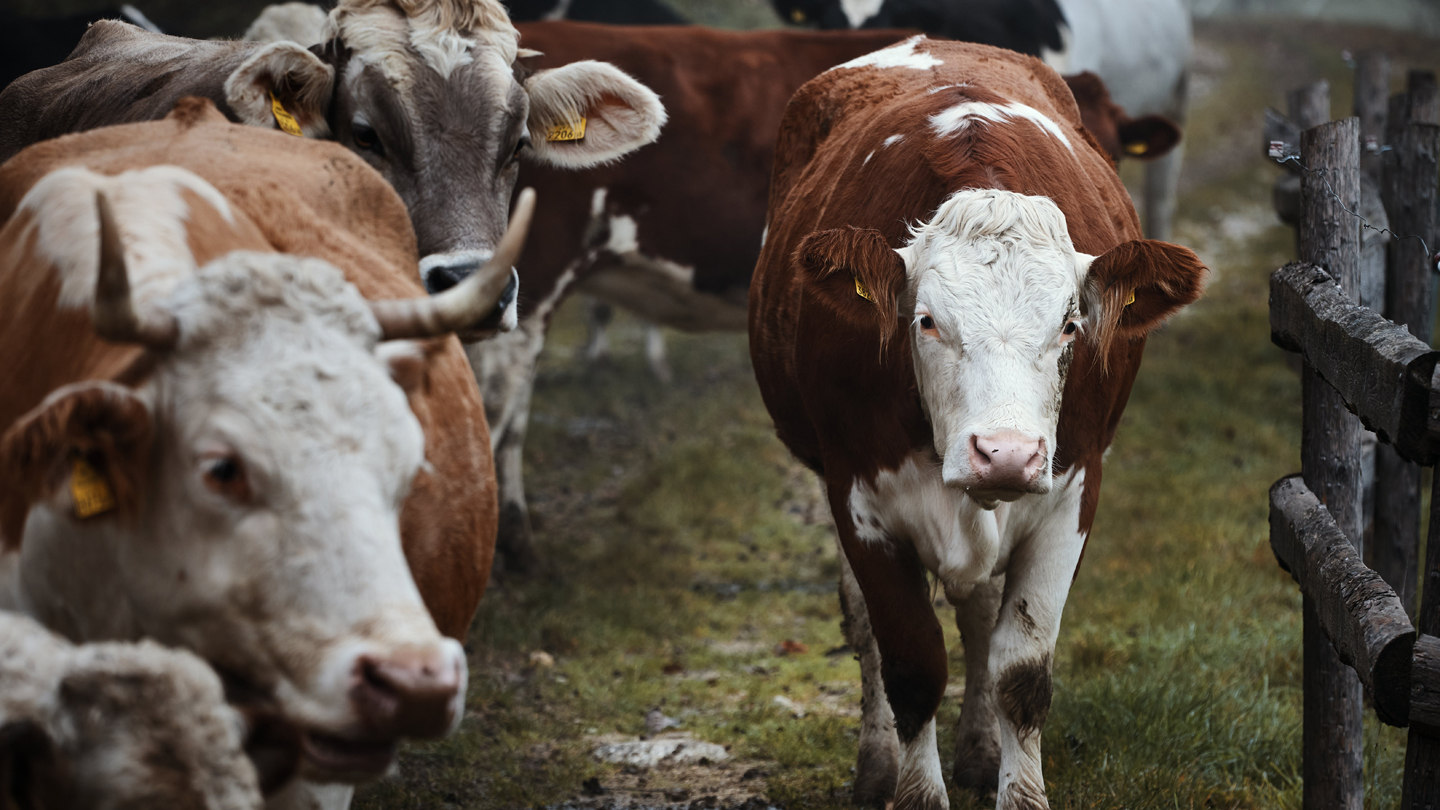What is bluetongue disease?
The bluetongue virus (BTV) is a transboundary animal disease known for its impact on domestic and wild ruminants' health and the economic loss it represents on trade. It doesn't affect humans, but it is a threat to animals.

Key players for virus transmission
Insects, especially the vector species of Culicoides biting midges, are the natural transmitters. These can be found on all continents except Antarctica. There are many different species of this midge's family, but less than 20 are essential for transmitting the virus.
Bites that matter
A midge bites one infected animal, passing the disease to another, spreading the virus. The virus can be present in its host for several weeks. In countries with constant rain, often providing wet and humid environments, bluetongue disease cases increase due to the perfect conditions for midges to survive and reproduce. There are some measures you can take during this peak season.
There are 29 different virus serotypes identified. The way they impact their host fluctuates significantly depending on the species of midges carrying the virus. Symptoms vary depending on the virus strains. Sheep have the most severe symptoms. In some cases, the mortality rate can reach 100 percent.
There are special occasions where the bluetongue virus can be transmitted. For example, infected bulls and rams can transmit the virus through semen. In some cases, the bluetongue virus reaches fetuses through the placenta in ewes or cows. Objects such as contaminated surgical equipment and needles can also carry the virus.
In places where winter lasts only a few months, allowing midges to survive all year long, bluetongue disease has a significant impact on farms. Security measures, trade restrictions, clinical testing, and vaccination impact the business.
Bluetongue effects
There is an extensive list of clinical signs, and it is crucial to identify them before it is too late. They may include fever, ulcers, sores, painful hoofs, lameness, excessive salivation, difficulty breathing, reproductive problems, nasal discharge, reddened and throbbing jaws, lips, and ears. The lips and tongue may swell, causing it to stick out of their mouths. Occasionally, the tongue has a bluish color, giving this disease its name.
The virus can manifest in fever, weakness, weight loss, depression, vomiting, extreme diarrhea, and pneumonia in sheep. In severe cases, ewes can deliver malformed lambs or terminate their pregnancies.

Cattle symptoms can be similar to those described in sheep. Other domestic ruminants such as goats may manifest few or no signs at all.
As a result of bluetongue disease, sheep may find their wool production affected. Some recovering sheep may have a partial or complete wool loss due to dermatitis.
In places where the presence of BTV is common knowledge, it is necessary to keep an eye on animals to detect if several of them are experiencing the same clinical symptoms. If so, it could be that BTV is present. The next step would be to immediately contact your local veterinarian to perform laboratory tests to confirm the suspicions, and to report to the local authorities your speculations and findings. They need to be aware of any indication of the virus firsthand.
Preventing and controlling the bluetongue virus
There is no specific treatment against bluetongue disease. Resting, providing soft food so it is not painful to eat, and caring for affected animals can help them go through the challenging phase of the disease.
It is crucial to point out the area's location, distribution, and frequency of midges to implement control measures promptly. These activities include:
- Surveillance of potentially infected animals
- Quarantine the infected animals to prevent the virus from spreading
- Identify the type of strain causing the outbreak, then vaccinate accordingly
- Implement insect control measures together with a vaccination plan
Knowing the importance of vaccination to prevent BTV, we at Boehringer Ingelheim have developed vaccines that cover bluetongue virus serotypes 1,2, 3, 4, and 8, whose presence is principally in Europe. By vaccinating animals, we can decrease the risk of an outbreak.
Sources:
World Organization for Animal Health (Bluetongue - OIE - World Organisation for Animal Health)
The Center for Food Security & Public Health Disease Information - CFSPH (iastate.edu)
Related Content


